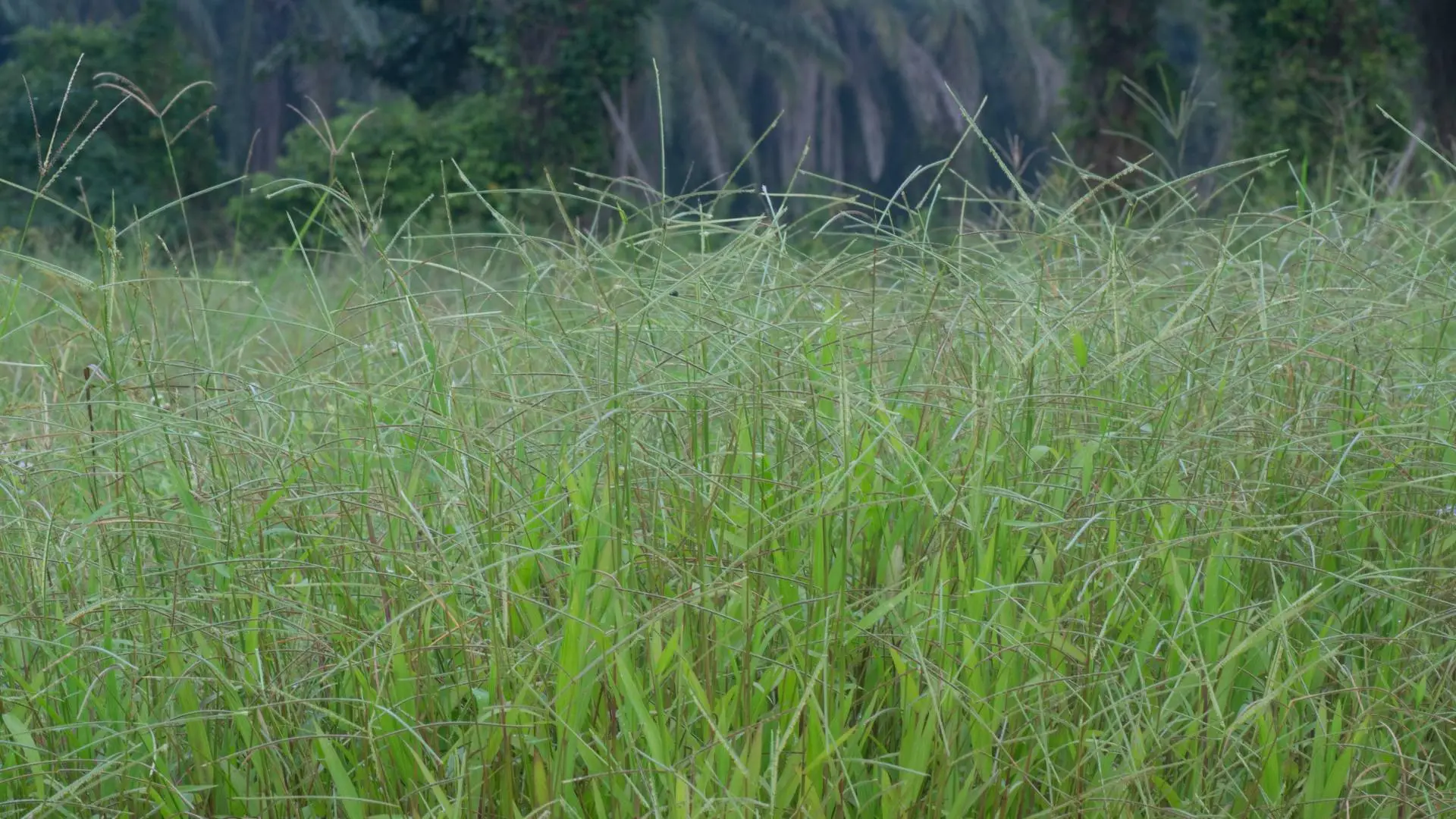Good lawn maintenance is critical to preventing a weed infestation. Proper fertilization, mowing, and irrigation help to maintain a dense, healthy turf. When weeds have already invaded the lawn, herbicides are available to control or prevent further infestation by weeds. Herbicide use should never be used as an alternative to routine maintenance, as proper weed identification and application are necessary for chemical controls to be adequate.
Types Of Weeds
Weeds are divided into three major groups: grasses, sedges, and broadleaf weeds.
- Grassy Weeds: Grassy weeds are slender and usually have a single blade or leaf on each stem. These include crabgrass, foxtail, barnyard grass, and dallisgrass.
- Sedges: Sedges are another type of weed, usually identified by their triangular stem shape. Examples of sedges include yellow nutsedge and purple nutsedge.
- Broadleaf Weeds: Broadleaf weeds typically have more than one blade per stem, often with larger leaves. Examples of broadleaf weeds include dandelions, plantains, pigweed, and lambs quarters.
Lifecycle Of Weeds
Depending on their lifecycle duration, these groups are further divided into annuals, biennials, and perennials.
- Annual Weeds: Annuals are weeds that complete their life cycle within one year. They can quickly become established in a lawn if allowed to go to seed. Common annual weeds include crabgrass, foxtail, pigweed, and purslane. These weeds are easily controlled through timely mowing and herbicide application.
- Biennial Weeds: Biennial weeds require two growing seasons to complete their life cycle. Common biennials include dandelion, plantain, bull thistle, and wild carrot. These weeds typically grow larger than annuals and produce more seeds, making them harder to control with mowing alone. Herbicides are an excellent option for controlling biennials before establishing themselves on the lawn.
- Perennial Weeds: Perennial weeds can survive for more than two years. These are some of the most challenging weeds to eradicate, requiring managing cultural practices and chemical controls effectively. Common perennial weeds include Bermuda grass, Quackgrass, and Creeping Charlie. Hand-weeding, mowing, and herbicide use are usually required to eliminate perennial weeds.
Identifying Weeds
Identifying weeds is essential when selecting a good weed control program in Bartlett. It is recommended to compare a picture of the unknown weed to a publication specializing in weed identification or ask a lawn care professional to help with the task.
HERBI-SYSTEMS IDENTIFICATION GUIDE
Once weeds have been identified, selecting the appropriate control method is essential. Non-chemical methods such as mulching, hand-weeding, and mowing can effectively control some weeds. For more difficult-to-manage weeds, chemical controls may be necessary. It is essential to always read and follow the instructions on any herbicide product before applying it to your lawn.
When Should I Apply Herbicide?
Preemergence herbicides should be applied before weed seed germination, usually in early spring or fall. Always read the product's label carefully and follow all instructions before using any herbicide. Additionally, it is essential only to apply herbicides when the lawn is dry and not under stress due to drought or high temperatures.
Post-emergence herbicides should be applied when weeds are actively growing, usually from late spring to early summer. Herbicide works best 30 days after the emergence of existing weeds. Selecting the proper type of herbicide for the weeds you are targeting is crucial, as some post-emergence herbicides may not be effective against certain weeds.
Cultural Practices for Weed Control
In addition to chemical controls, several cultural practices can be used to help prevent and control weed infestations. These include mowing at the proper height, irrigating when needed, removing weeds before they go to seed, and using mulch or organic matter to block out light from reaching emerging weeds. Additionally, soil testing can help determine if any deficiencies or problems exist that could be contributing to weed growth.
Resource: https://www.tnstate.edu/extension/documents/Fact%20Sheet%20ANR-9%20Lawn%20Weed%20Management.pdf



Comments (0)
Thanks for your comment!
Thanks for your feedback! Your comments have been successfully submitted! Please note, all comments require admin approval prior to display.
Error submitting comment!
There is a problem with your comment, please see below and try again.